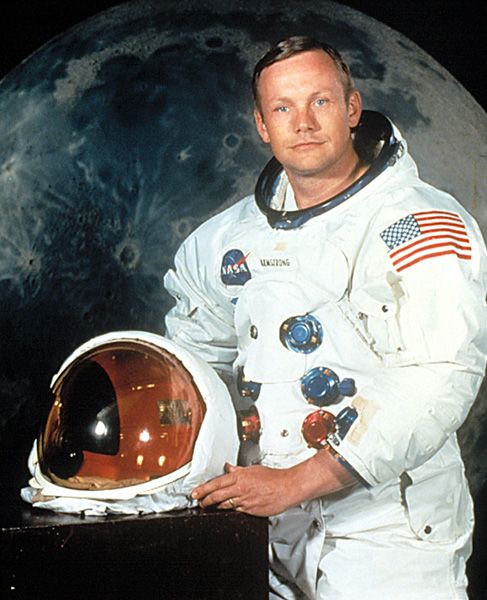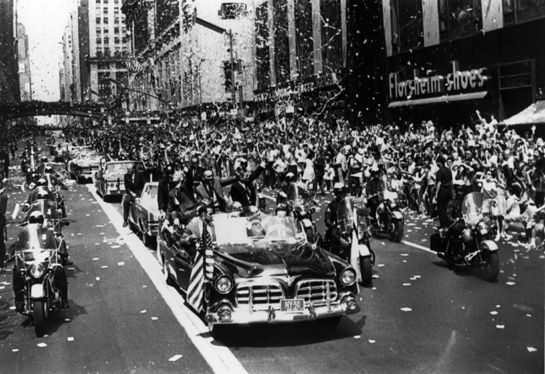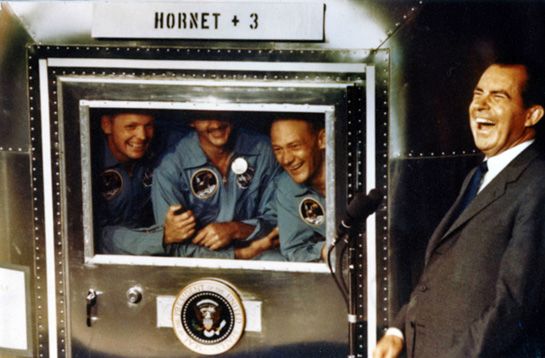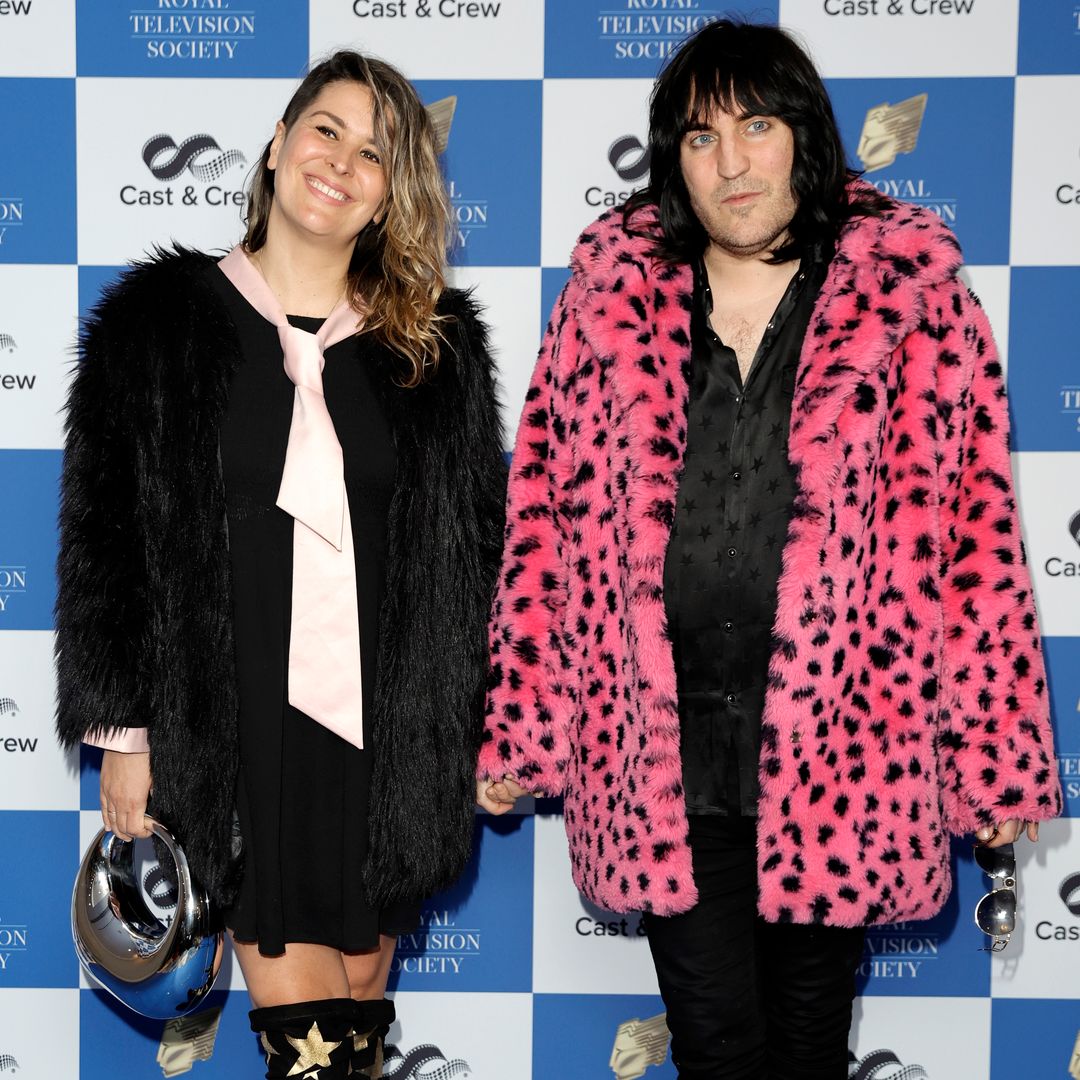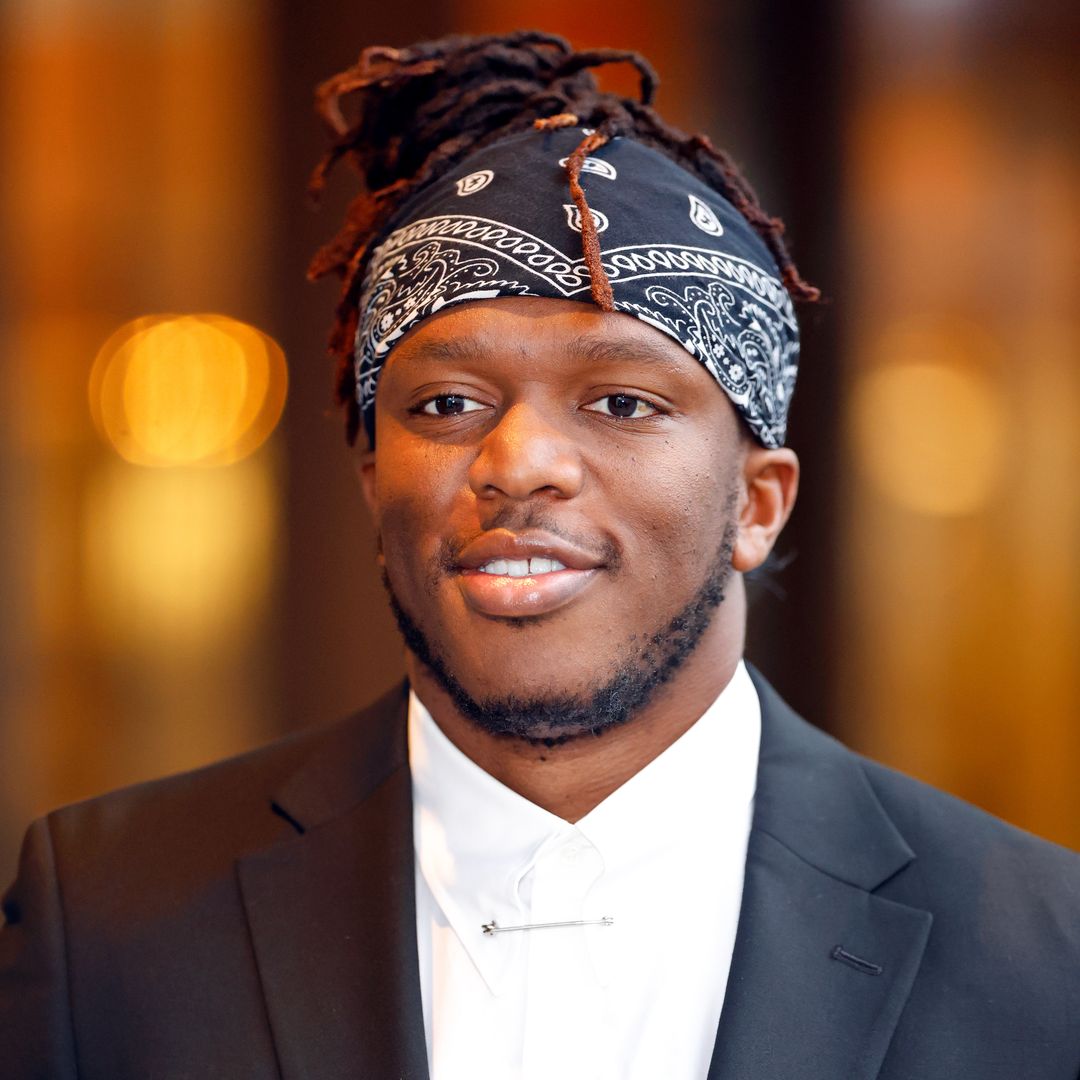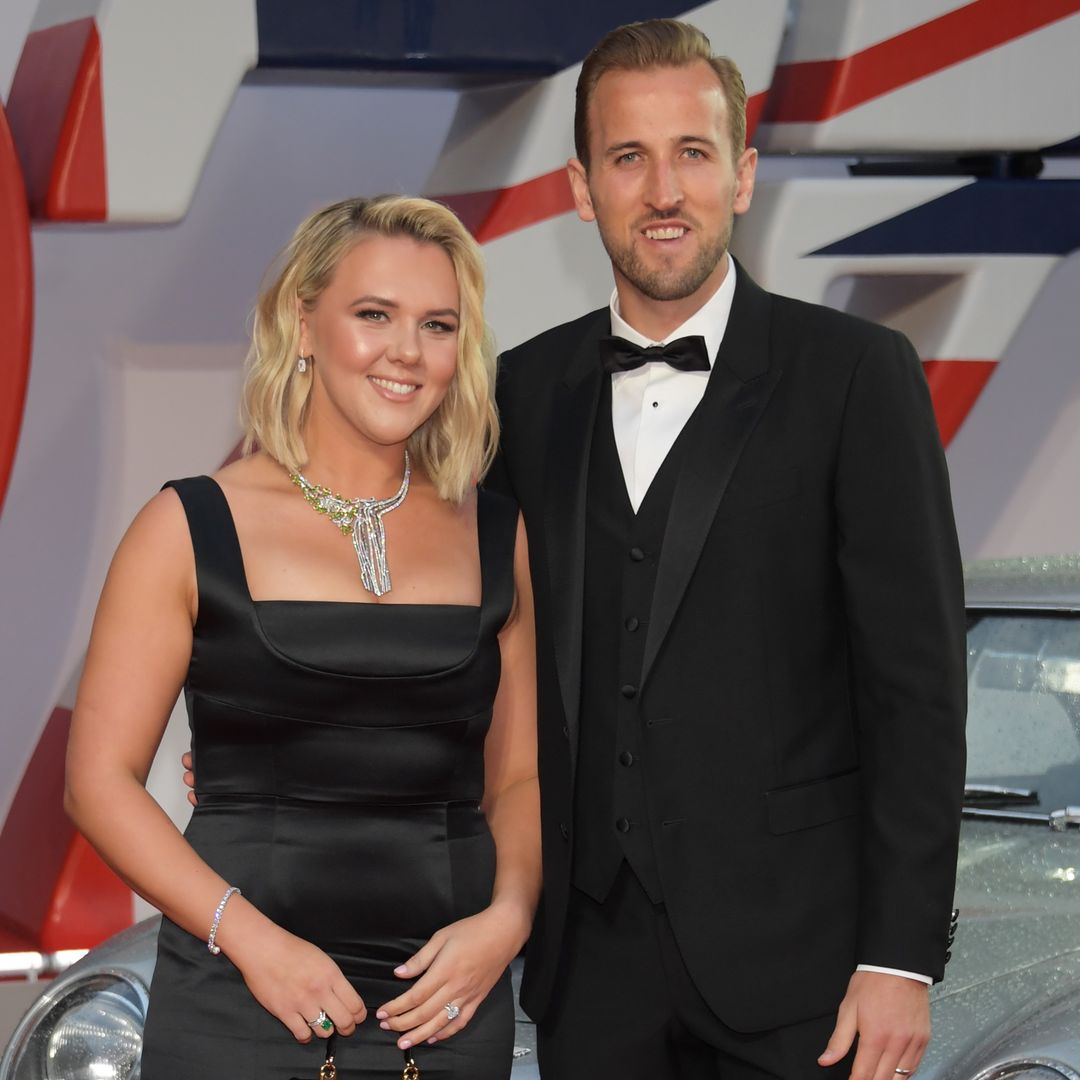In life he was a modest man who believed himself to be "just doing his job", said his family.After his death at the age of 82 on Saturday, it is clear that Neil Armstrong, the first man to walk on the Moon, touched the imagination of millions of people. So much so that President Barack Obama is coming under pressure to afford the reluctant American hero a state funeral.Normally only held for past presidents, such a send off would typically include pall-bearers from the armed forces, a fly-past, military salutes, and a number of choirs and bands. Before the service at Washington National Cathedral, the flag-draped coffin is displayed for the public to pay their last respects.
It is not known whether his widow will allow that. After the 1969 ticker-tape parade that greeted the space explorer and his crew following the lunar walk he had tended to shun publicity. A statement released by the astronaut's nearest and dearest emphasised his unassuming approach, and said they hoped his example of selfless service would be an inspiration. His family said: "While we mourn the loss of a very good man, we also celebrate his remarkable life and hope that it serves as an example to young people around the world to work hard to make their dreams come true, to be willing to explore and push the limits, and to selflessly serve a cause greater than themselves. "For those who may ask what they can do to honour Neil, we have a simple request. "Honour his example of service, accomplishment and modesty, and the next time you walk outside on a clear night and see the moon smiling down at you, think of Neil Armstrong and give him a wink."
Other tributes came from President Obama who said: "Neil was among the greatest of American heroes – not just of his time, but of all time." Meanwhile, his colleague Edwin "Buzz" Aldrin described him as the best pilot he ever knew. "I know I am joined by millions of others in mourning the passing of a true American hero and the best pilot I ever knew. I will miss my friend Neil," he said.
Buzz was part of the Apollo 11 mission led by the Ohio-born astronaut, who learned to fly at the age of 16 before he could even drive.
As they touched down on the Moon on July 20, 1969, the captain, then 38, realised that Eagle, Apollo 11's lunar module, was about to land on the steep bank of a large boulder-filled crater.
With only 20 seconds of fuel remaining, he coolly steered the tiny craft onto a flat piece of ground – moments later informing the world: "Eagle has landed".
He witnessed his extraordinary skill in action.

